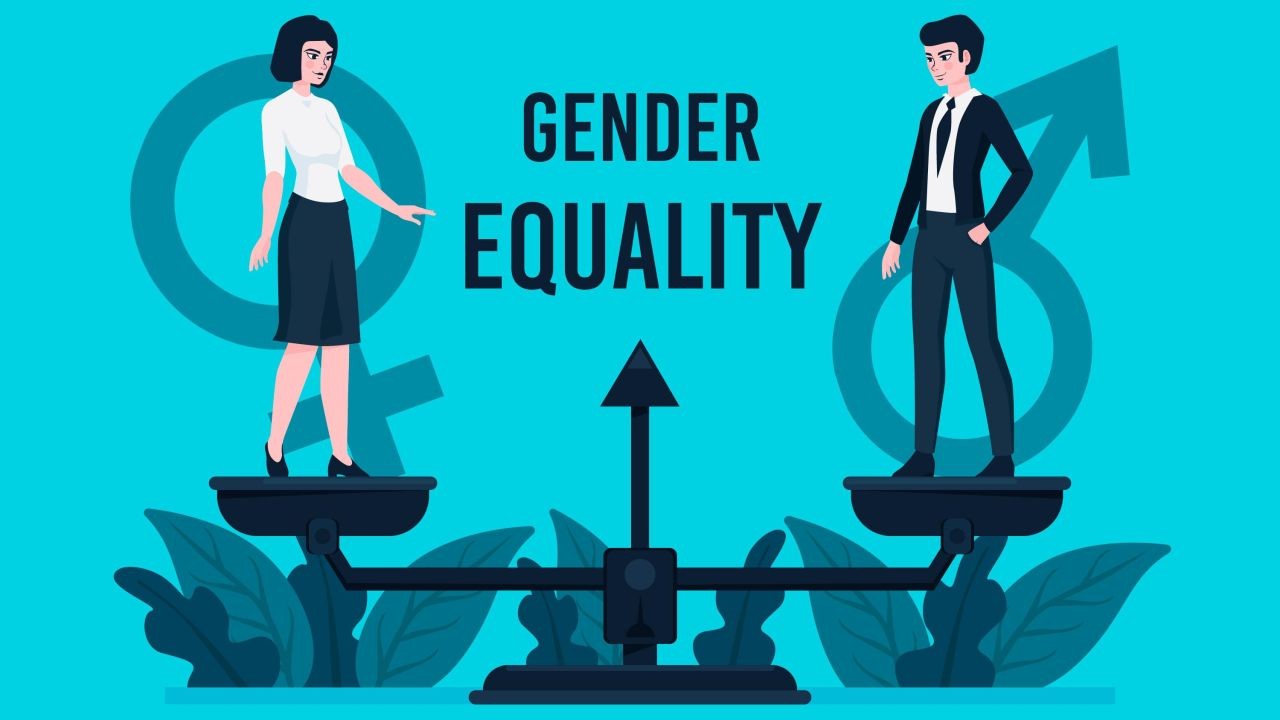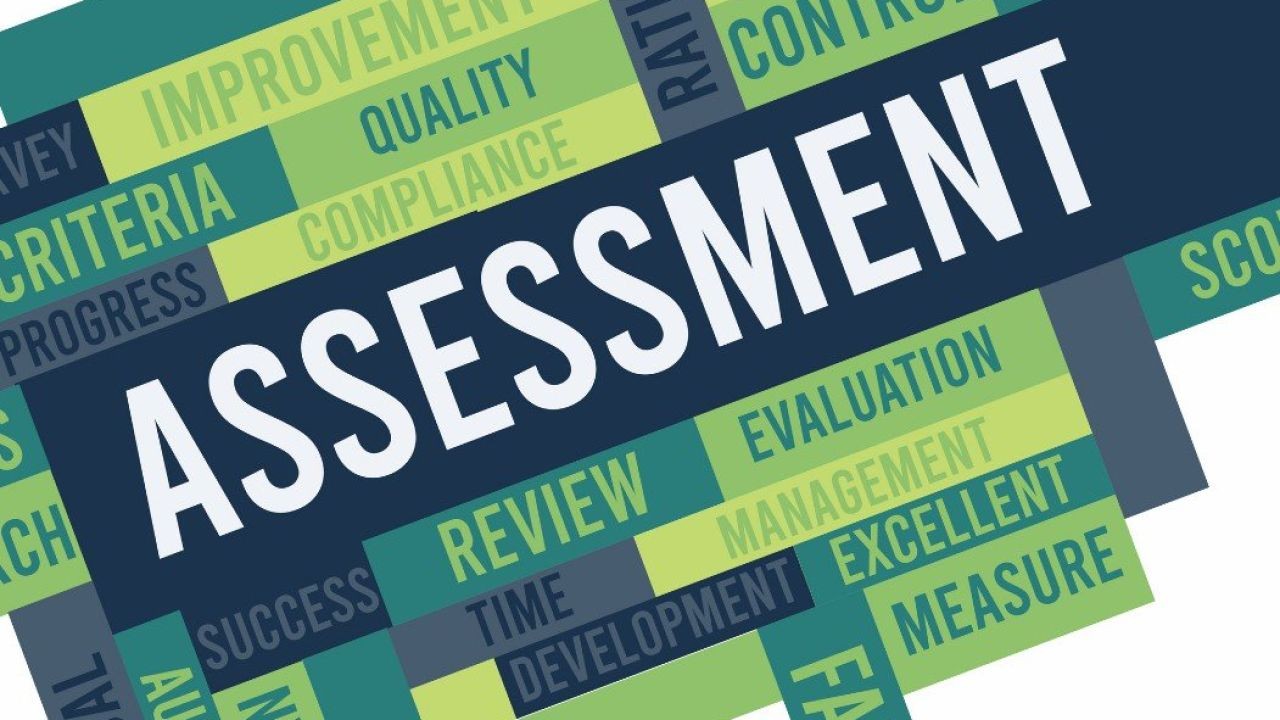In the picturesque landscapes of New Zealand, where sheep outnumber people and the stars shine brighter in rural skies, lies an often overlooked but vital area for societal transformation: rural schools. While urban centers in New Zealand have seen strides in gender equity, rural schools remain a frontier where the next wave of change must occur. The 'Girlboss' phenomenon, celebrating women's leadership, isn't enough to tackle the deep-rooted gender disparities that still exist in these rural areas. It's time for a more profound shift that begins with educating the future generation.
Comparative Analysis: The Urban-Rural Divide in Gender Equity
In New Zealand, urban schools are often at the forefront of adopting policies that foster gender equity. These schools have access to resources, diverse role models, and progressive curricula that encourage girls to pursue leadership roles and STEM fields. However, rural schools face distinct challenges that hinder similar progress. According to a report by the Ministry of Education, rural schools in New Zealand have fewer resources, limiting their ability to offer specialized programs that promote gender equity.
Statistics from Stats NZ highlight that rural areas have a lower percentage of female students in advanced STEM subjects compared to their urban counterparts. The lack of female mentors and role models in these communities further exacerbates the issue. While urban areas boast initiatives like Women in STEM programs and leadership workshops, rural schools struggle to implement similar strategies due to budget constraints and logistical challenges.
Case Study: The Success Story of a Rural School in Taranaki
Case Study: Taranaki's Ngamotu School – Breaking Gender Barriers in STEM
Problem: Ngamotu School, located in a rural part of Taranaki, faced the challenge of underrepresentation of female students in STEM subjects. This was reflective of a broader trend in rural New Zealand, where girls had limited exposure to STEM careers.
Action: The school partnered with local businesses and universities to create a mentorship program. Female engineers and scientists visited the school to conduct workshops and share their experiences. The school also integrated STEM projects into the curriculum, focusing on real-world applications.
Result: Within two years, the number of female students enrolled in advanced STEM courses increased by 35%. Students reported a higher interest in pursuing STEM careers, and the school received recognition from the Ministry of Education for its innovative approach.
Takeaway: This case study demonstrates the potential impact of community-based mentorship and curriculum integration in promoting gender equity in rural schools. New Zealand's rural schools can replicate this model by leveraging local resources and partnerships to inspire the next generation of female leaders.
Data-Driven Insights: The Economic Implications of Gender Equity in Education
The economic benefits of gender equity in education are profound. According to the Reserve Bank of New Zealand, increasing female participation in the workforce could boost the country's GDP by 10%. Education serves as the foundation for this transformation. By investing in gender equity in rural schools, New Zealand can unlock the potential of half its population, leading to economic growth and innovation.
Moreover, a study by the Ministry of Business, Innovation and Employment (MBIE) suggests that addressing gender disparities in education can lead to a more diverse and skilled workforce. This diversity is crucial for industries such as agriculture and technology, which are vital to New Zealand's economy. By equipping rural students with the skills to succeed in these sectors, New Zealand can ensure sustainable economic development.
Exploring Common Myths & Mistakes in Promoting Gender Equity
- Myth: "Gender equity is not a priority for rural communities."
- Reality: While some may believe that rural communities are resistant to change, many are actively seeking ways to empower young women. Initiatives like Ngamotu School's mentorship program demonstrate a commitment to gender equity.
- Myth: "Girls are not interested in STEM subjects."
- Reality: Interest in STEM is not inherently gendered. Providing exposure and role models in rural schools can ignite a passion for STEM among female students.
- Myth: "Rural schools lack the resources for gender equity programs."
- Reality: While resources may be limited, partnerships with local businesses and organizations can provide the necessary support for gender equity initiatives.
Biggest Mistakes to Avoid in Promoting Gender Equity
- **Ignoring Local Context:** Implementing generic programs without considering the unique needs of rural communities can lead to ineffectiveness. Rural schools should tailor initiatives to their specific context.
- **Lack of Mentorship:** Without female role models, young girls may struggle to envision themselves in leadership roles. Schools should establish mentorship programs with local professionals.
- **Neglecting Community Involvement:** Successful gender equity initiatives require community buy-in. Schools should engage parents, local businesses, and organizations to create a supportive environment.
- **Overlooking the Importance of Early Education:** Gender equity efforts should start early in a child's education. Primary schools should incorporate gender-sensitive curricula to build a strong foundation.
Real-World Applications and Future Trends
Looking ahead, New Zealand's approach to gender equity in rural schools could set a precedent for other countries. By 2030, it is predicted that rural schools will adopt more technology-driven solutions to bridge the gender gap. Virtual mentorship programs and online STEM courses can provide rural students with access to resources and role models previously unavailable.
Furthermore, the integration of gender equity into national education policies will ensure that these efforts are sustainable and impactful. Policymakers must prioritize funding for rural schools and support initiatives that promote gender equity from an early age.
Conclusion: Final Takeaway & Call to Action
New Zealand has the opportunity to lead the way in achieving gender equity through education, starting in its rural schools. By addressing the unique challenges faced by these communities and implementing targeted strategies, New Zealand can empower the next generation of female leaders. It's time to move beyond the 'Girlboss' narrative and create lasting change that benefits all.
Are you ready to make a difference? Share your thoughts on how we can promote gender equity in rural schools and join the conversation on social media. Together, we can create a brighter future for New Zealand.
People Also Ask (FAQ)
- How does gender equity in education impact New Zealand's economy? Increasing female workforce participation through education can boost GDP by 10%, according to the Reserve Bank of New Zealand.
- What are the biggest misconceptions about gender equity in rural schools? A common myth is that rural communities are resistant to change. However, many are actively seeking ways to empower young women.
- What strategies are effective for promoting gender equity in rural schools? Community-based mentorship programs, curriculum integration, and partnerships with local businesses are key strategies.
- What upcoming changes in New Zealand could affect gender equity in education? By 2030, technology-driven solutions like virtual mentorship programs are expected to play a significant role in bridging the gender gap.
Related Search Queries
- Gender equity in New Zealand schools
- STEM education in rural areas
- Women in leadership New Zealand
- Gender disparities in education
- Rural education challenges
- New Zealand education policies
- Empowering young women in NZ
- Role models in STEM fields
- Economic impact of gender equity
- Future of education in New Zealand



























Md. Abdur Rahman
7 months ago